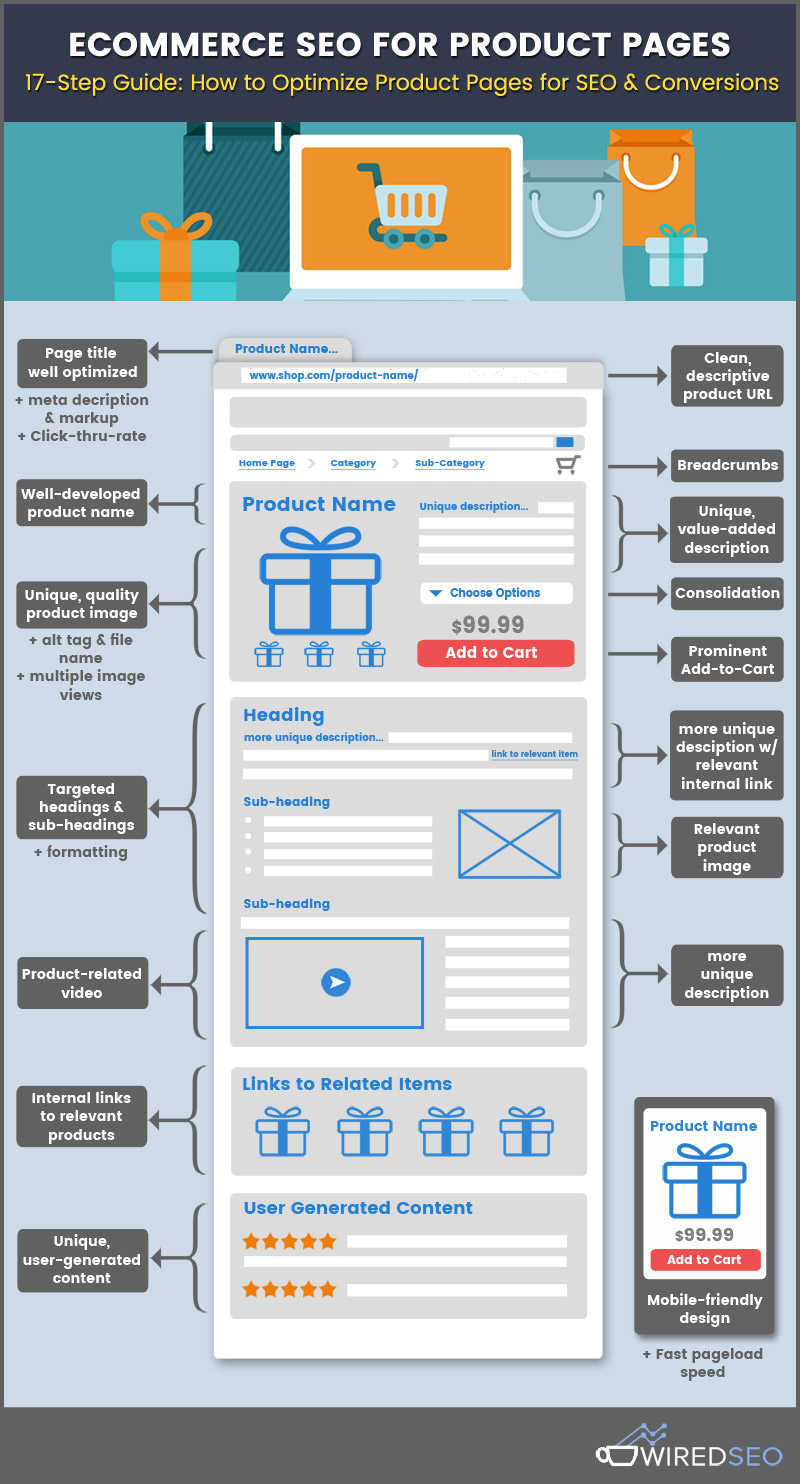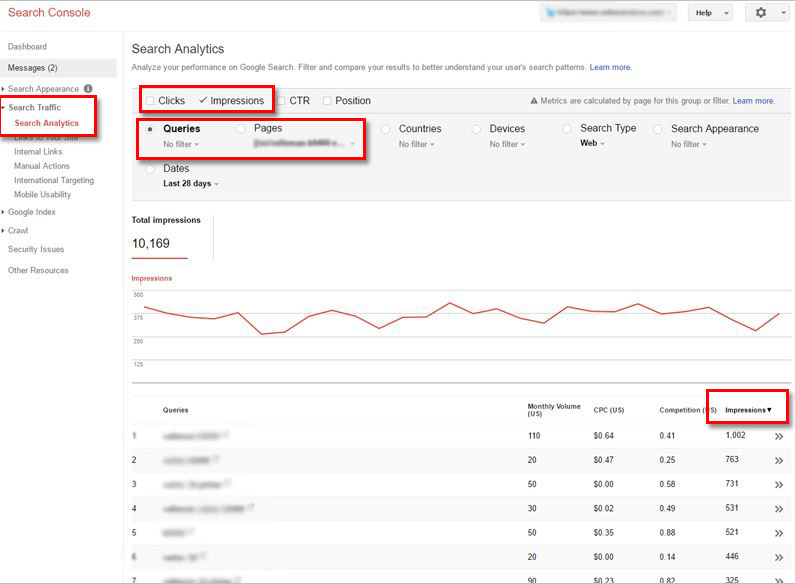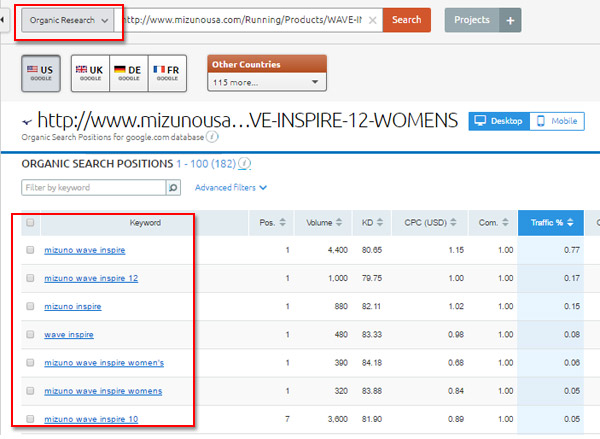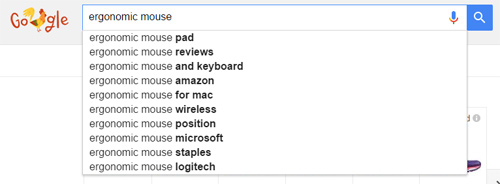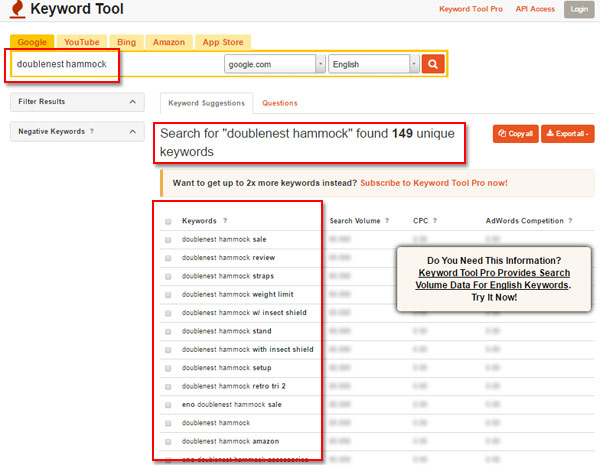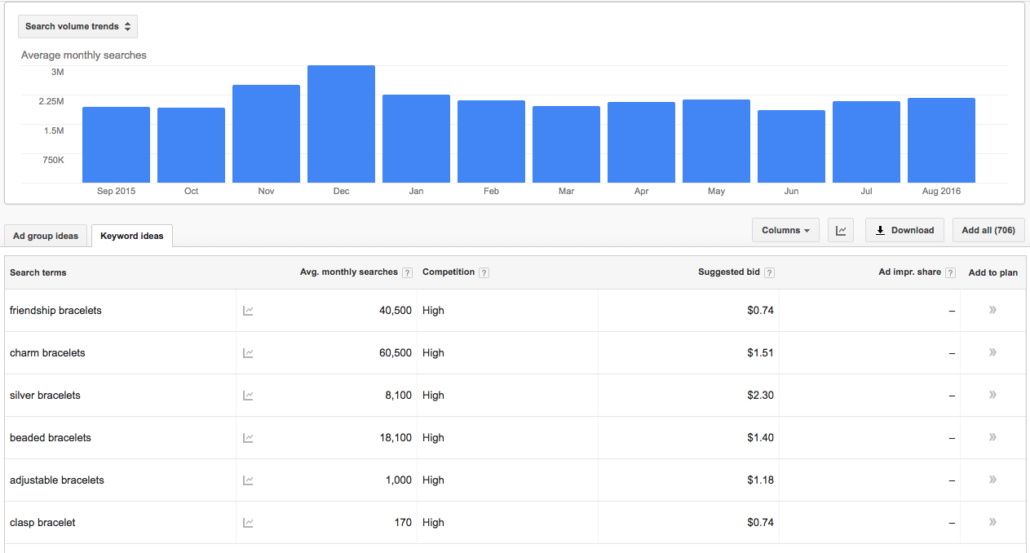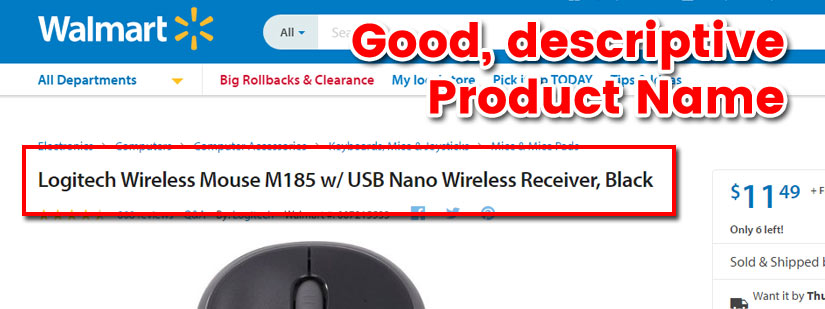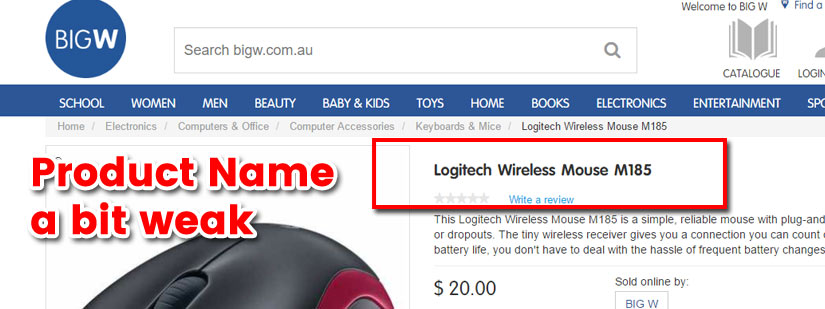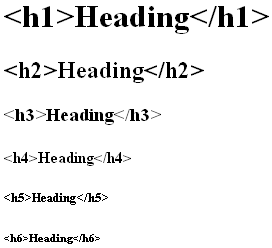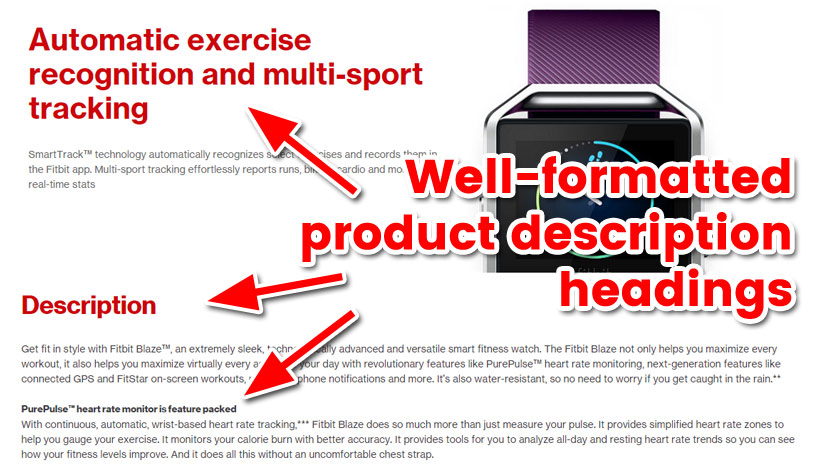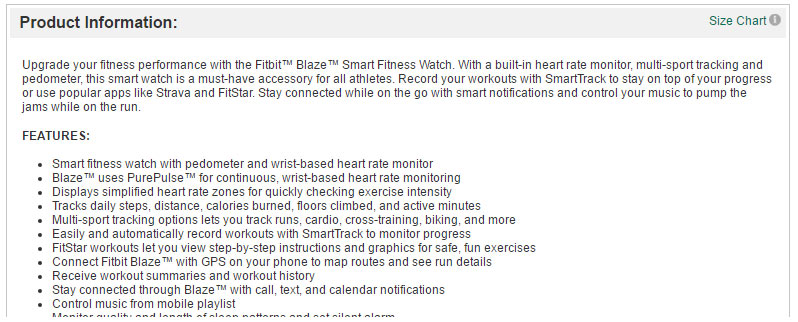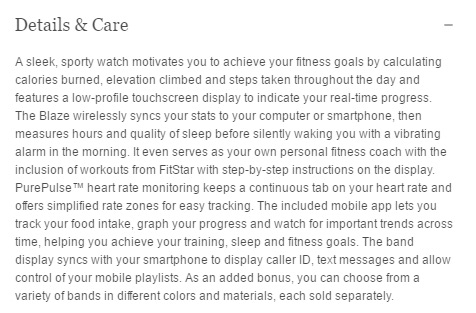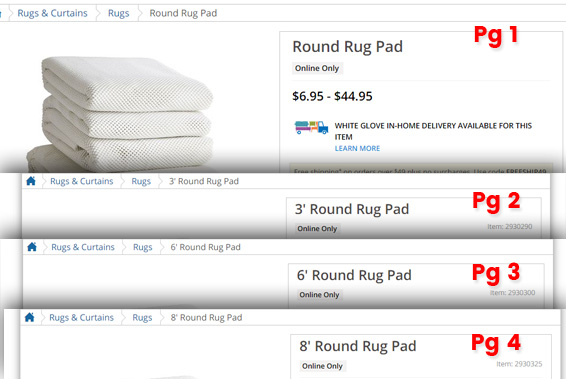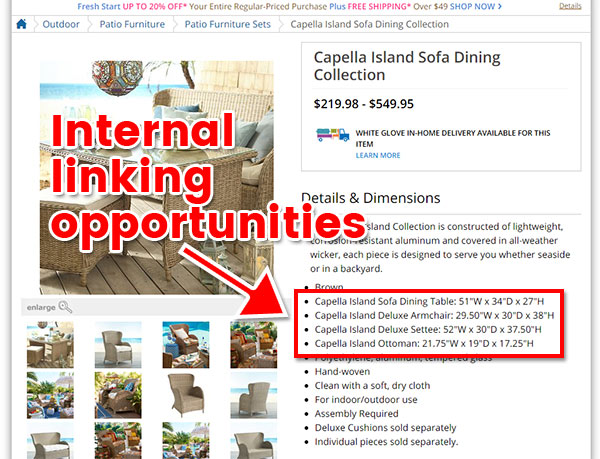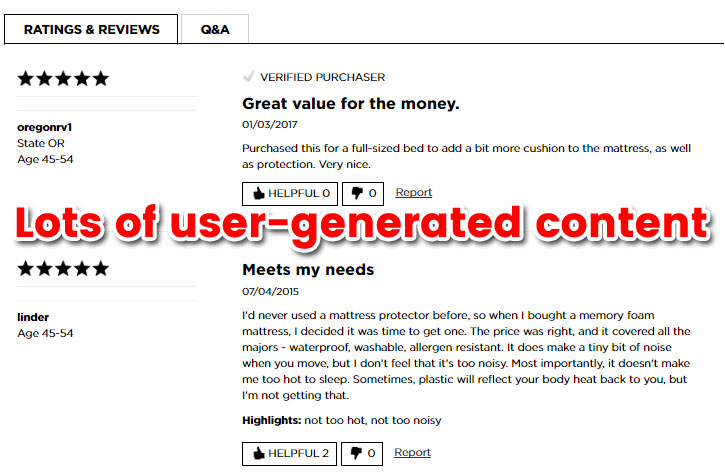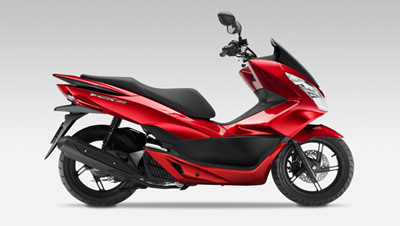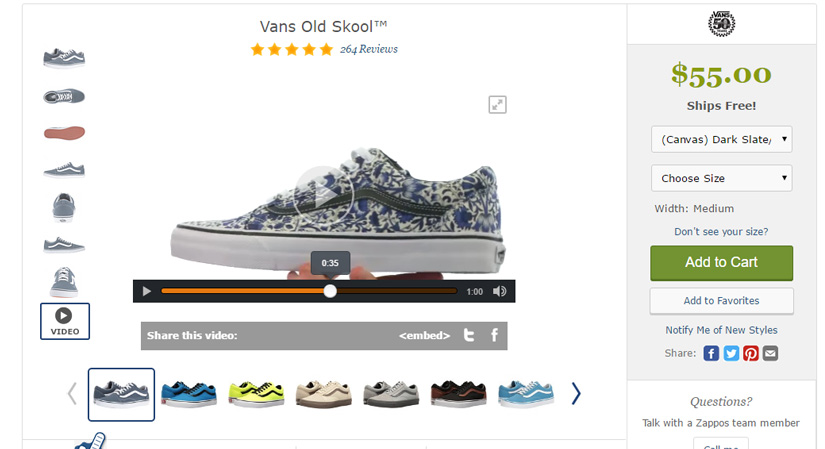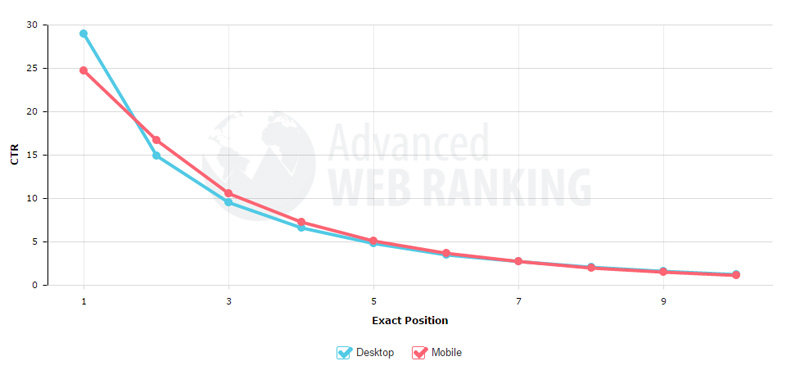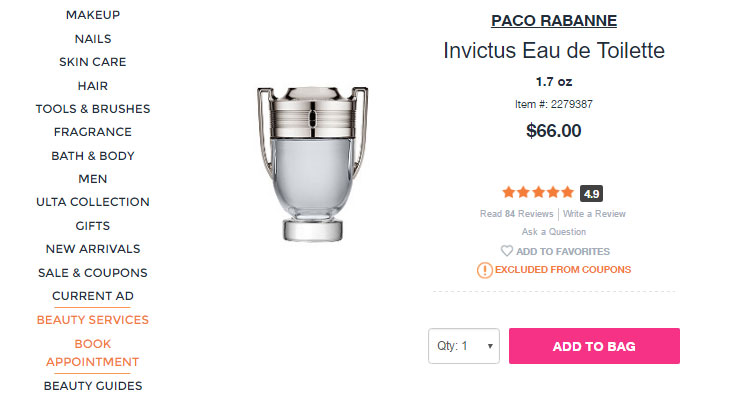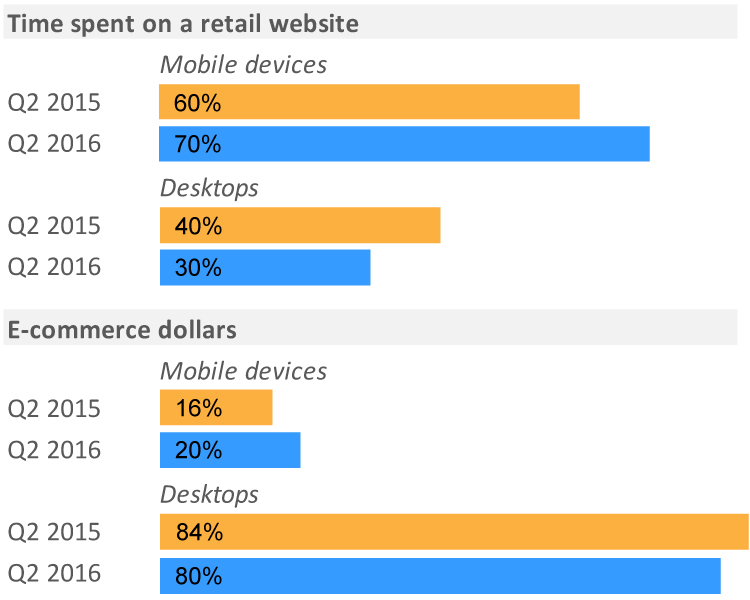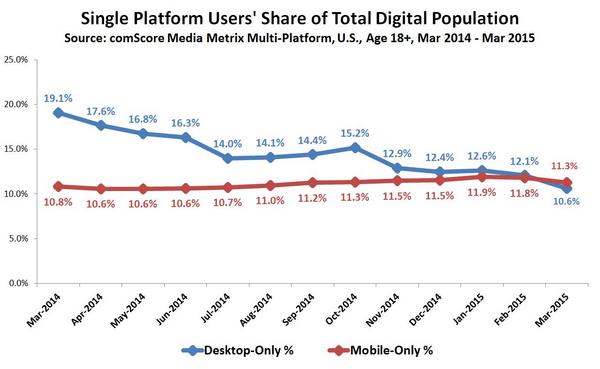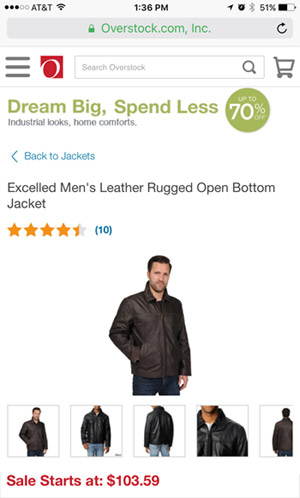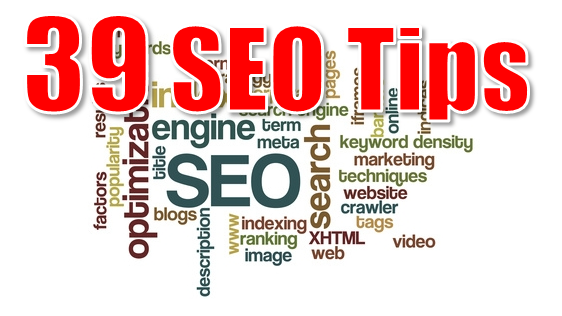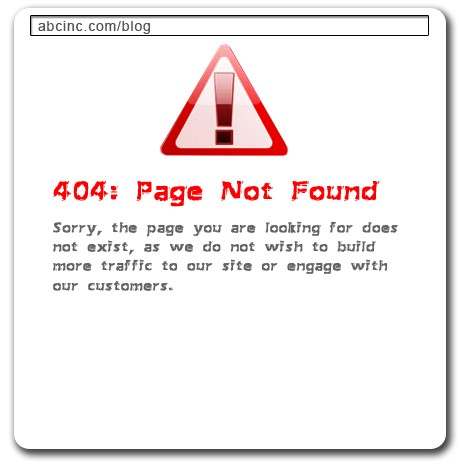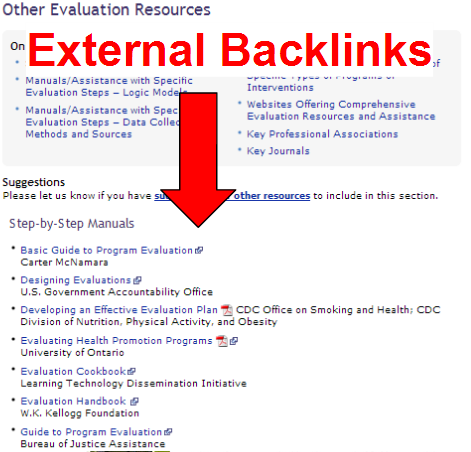You are here: Home / Blog / Search Engine Optimization (SEO) https://www.wiredseo.com/wp-content/uploads/2017/09/content-quality-score-bg2.jpg 500 1647 Clint Henderson https://www.wiredseo.com/wp-content/uploads/2016/10/wired-seo-company-dk.png Clint Henderson2017-09-08 00:24:462017-10-30 14:09:41How to Score Content Quality for Improved SEO Rankings (CQ Scoring) https://www.wiredseo.com/wp-content/uploads/2017/01/ecommerce-seo-product-pages.jpg 500 1647 Clint Henderson https://www.wiredseo.com/wp-content/uploads/2016/10/wired-seo-company-dk.png Clint Henderson2017-01-27 20:35:522017-05-09 00:52:13Ecommerce SEO for Product Pages (17-Step Guide) https://www.wiredseo.com/wp-content/uploads/2016/09/increase-organic-click-through-rates-banner4.jpg 500 1647 Clint Henderson https://www.wiredseo.com/wp-content/uploads/2016/10/wired-seo-company-dk.png Clint Henderson2016-09-14 02:17:382017-03-24 15:05:18Increase Organic Click-Through Rates (CTR) by 30%+ https://www.wiredseo.com/wp-content/uploads/2016/09/structuring-service-pages-seo.jpg 500 1271 Sara Pursell https://www.wiredseo.com/wp-content/uploads/2016/10/wired-seo-company-dk.png Sara Pursell2016-09-05 20:54:452016-09-26 22:02:02Structuring a Service Page: Building Blocks for SEO Success https://www.wiredseo.com/wp-content/uploads/2016/07/nap-citation-analysis-banner2.jpg 500 1647 Sinclaire Dickinson https://www.wiredseo.com/wp-content/uploads/2016/10/wired-seo-company-dk.png Sinclaire Dickinson2016-07-28 18:45:572016-09-26 22:24:51NAP Analysis: Citation Consistency Tips for Local SEO https://www.wiredseo.com/wp-content/uploads/2014/04/39-seo-tips-small-business-owners-1.jpg 500 1647 Clint Henderson https://www.wiredseo.com/wp-content/uploads/2016/10/wired-seo-company-dk.png Clint Henderson2014-04-22 19:39:492017-01-29 16:12:2239 SEO Tips for Small Business Owners https://www.wiredseo.com/wp-content/uploads/2014/03/small-business-blogging-seo.jpg 500 1647 Clint Henderson https://www.wiredseo.com/wp-content/uploads/2016/10/wired-seo-company-dk.png Clint Henderson2014-03-23 17:50:072017-01-29 16:19:09Small Business Blogging for SEO https://www.wiredseo.com/wp-content/uploads/2014/02/understanding-link-building-seo-1.jpg 500 1647 Clint Henderson https://www.wiredseo.com/wp-content/uploads/2016/10/wired-seo-company-dk.png Clint Henderson2014-02-25 01:00:132016-10-08 22:53:27Understanding Link Building for SEO 
